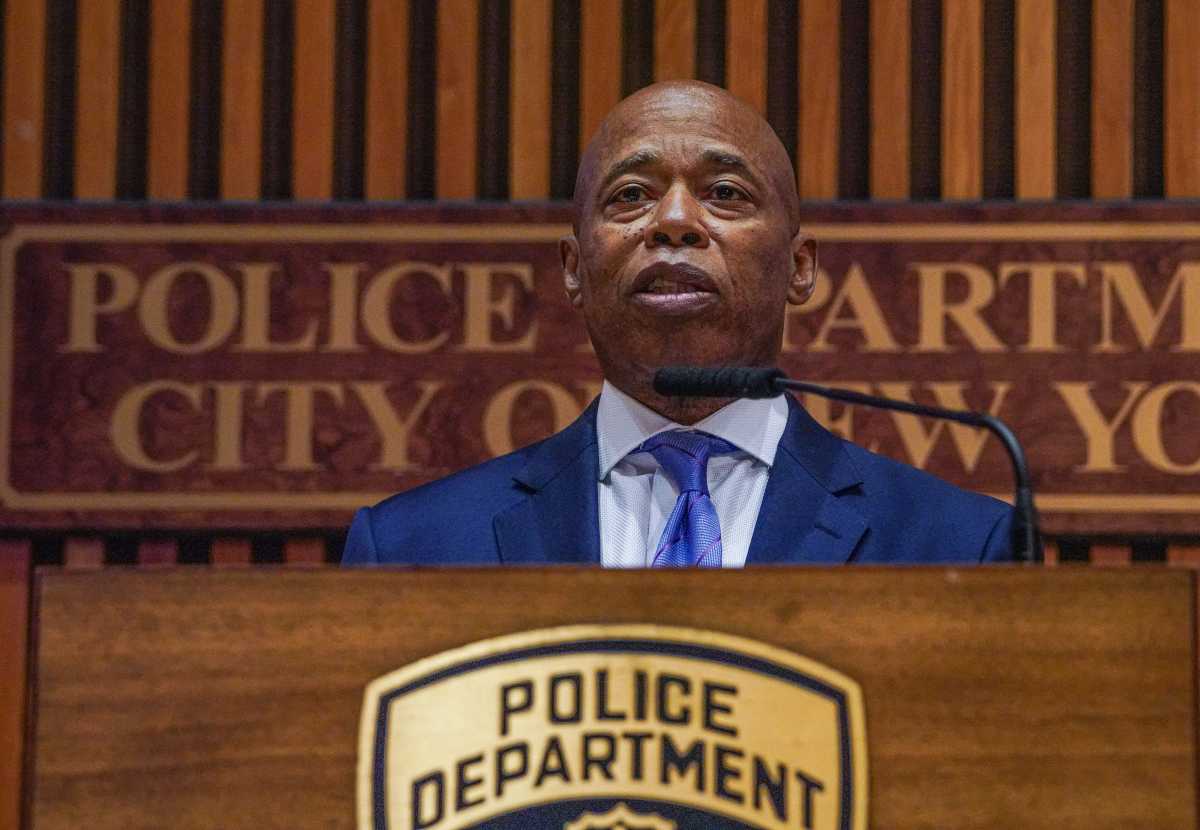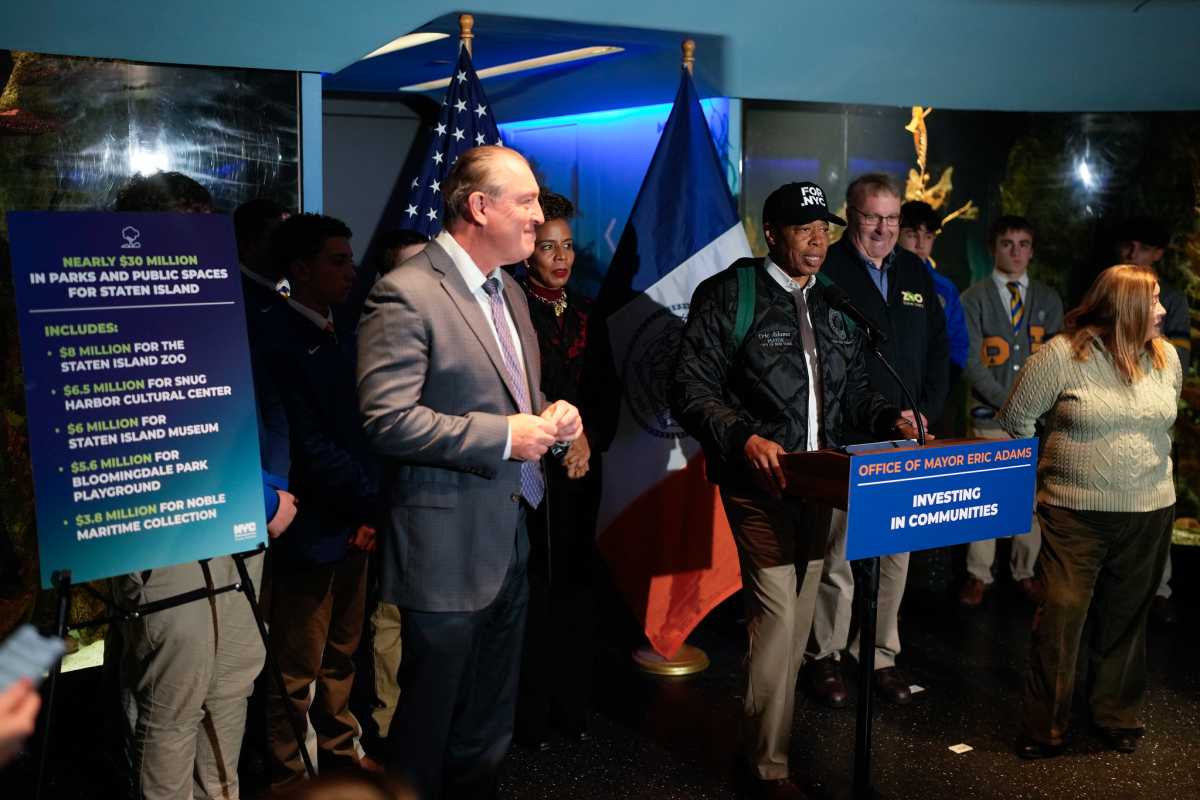By William Lewis
The Occupy Wall Street protest continues. It seems that most of those protesters do not intend to leave any time soon unless compelled to do so.
When the First Amendment was adopted by Congress in 1791 after being submitted by James Madison, our founding fathers could never have imagined that it could be used to justify the Wall Street situation that has developed over the last few weeks. The First Amendment speaks of “the right of the people peaceably to assemble, and to petition the Government.” What has been happening in lower Manhattan recently goes beyond that amendment’s requirements.
We have had other demonstrations of a similar nature in the past, the most notable being the Bonus March in 1932 during the Great Depression, when 15,000 World War I veterans converged on our nation’s capital and set up an encampment on vacant lots and empty government buildings.
They were lobbying for the immediate payment of bonuses for the military service that were not due to be paid until 1945. President Herbert Hoover used U.S. Army troops to vacate the so-called Bonus Army. At that time, there was a wave of sympathy for the Bonus Marchers throughout the nation.
Today, the situation is different. A group of mostly young people have set up a shantytown dwelling in Lower Manhattan, right next to the financial district, and apparently are set to continually use various forms of demonstrations to destabilize the workings of our financial institutions. They seem to have no clearly defined goals. We know what they are against, but what are they for?
Questions have arisen to form a sharp dialogue as to whether the First Amendment rights mean the right to live in open streets and parks of our city as a means of social protest, because this type of behavior has an impact on our city living environment. The amount of law enforcement time is continually rising, since the police are responsible for controlling these demonstrations and making sure they do not get out of hand. The cost factor continues to rise.
Residents of the area around Zuccotti Park are increasingly expressing criticisms of the protesters. They are especially critical of the unsanitary living conditions within the encampment and their effect on adjacent neighborhoods. These residents are becoming more vocal at their local civic associations and community boards.
As we look to the immediate future, it is of increasing concern that the protesters living under crude living conditions in Zuccotti Park may be subject to infectious diseases that could spread beyond the park.
And as winter is fast approaching, the cold weather will lead to makeshift heating arrangements, which could lead to fires occurring. Manhattan has had numerous fires in the past, particularly during the 19th century. These are real concerns that need to be considered when assessing the entire situation.
In Albany, a group of young protesters have occupied Academy Park across from the capitol. Like Mayor Michael Bloomberg, the mayor of Albany, Jerry Jennings, is reluctant to evict the protesters. If this protest becomes permanent, it could have the effect of disrupting our state government in the near future.
The time has come for the New York City government, led by the mayor, to take action against this type of political and social protest. Bloomberg thinks of himself as a libertarian. That was evident several weeks ago when he first indicated that the Occupy Wall Street protesters could stay as long as they wanted to. It seems he is now having second thoughts about that.
By refusing to take firm action and remove the demonstrators from Zuccotti Park, he is projecting himself as a leader who is weak and indecisive.
Bloomberg can negotiate with the demonstrators and possibly find living accommodations for them in homeless shelters, but the line has to be drawn somewhere. We cannot have a large group of people living in the streets and parks at night in the city. The risks and dangers are increasing.

































